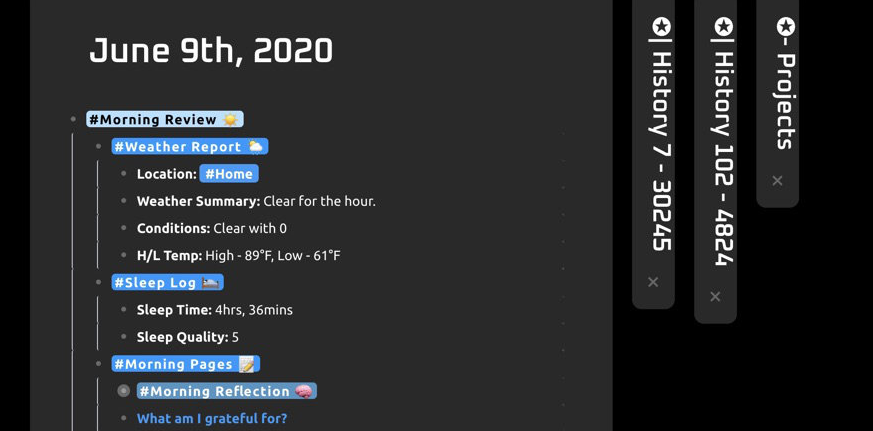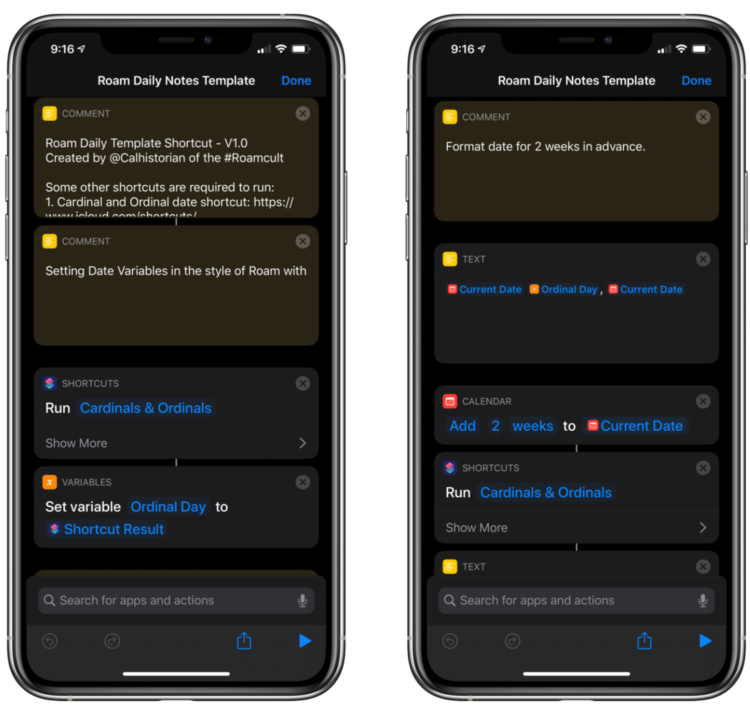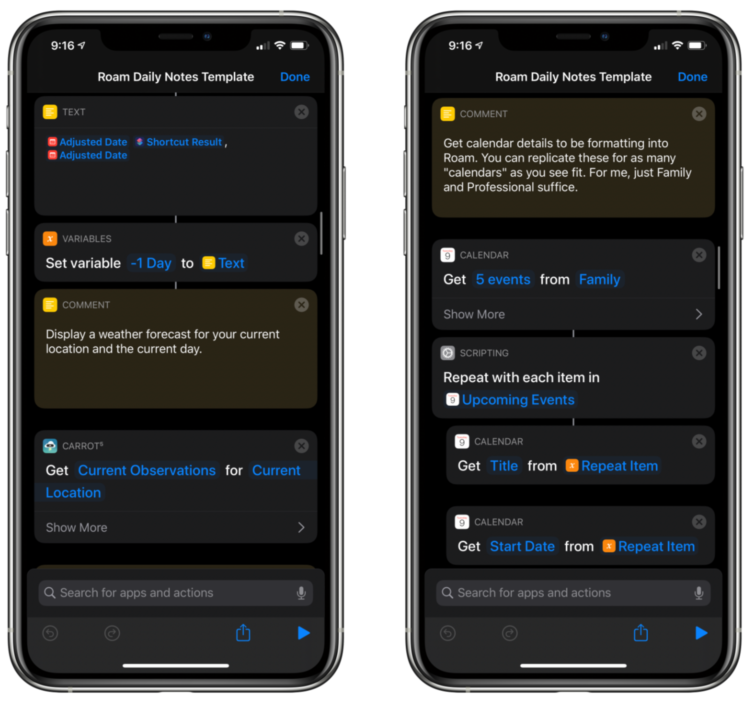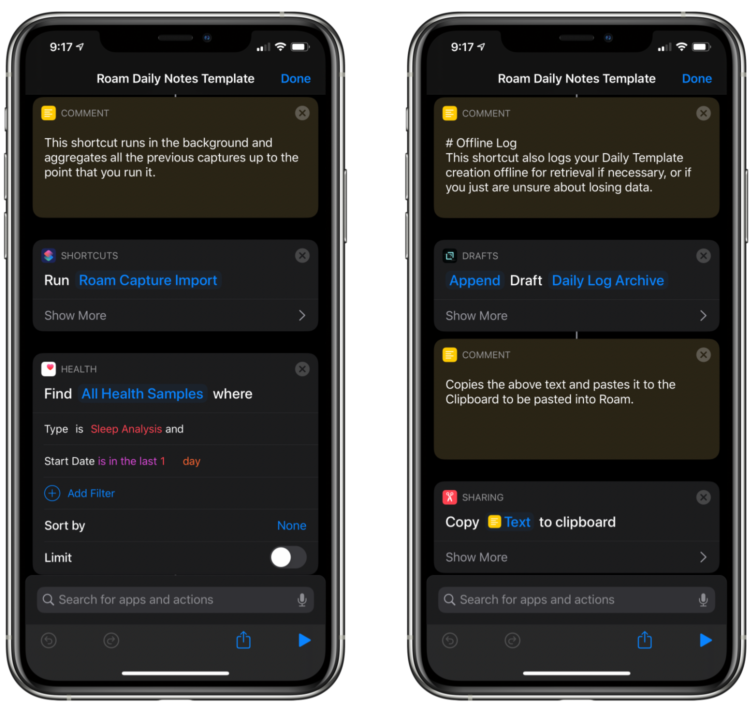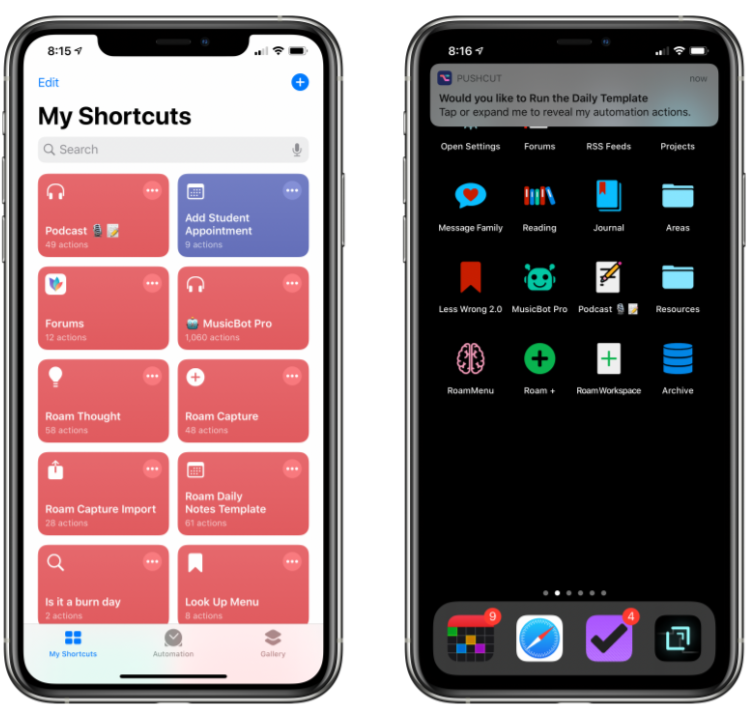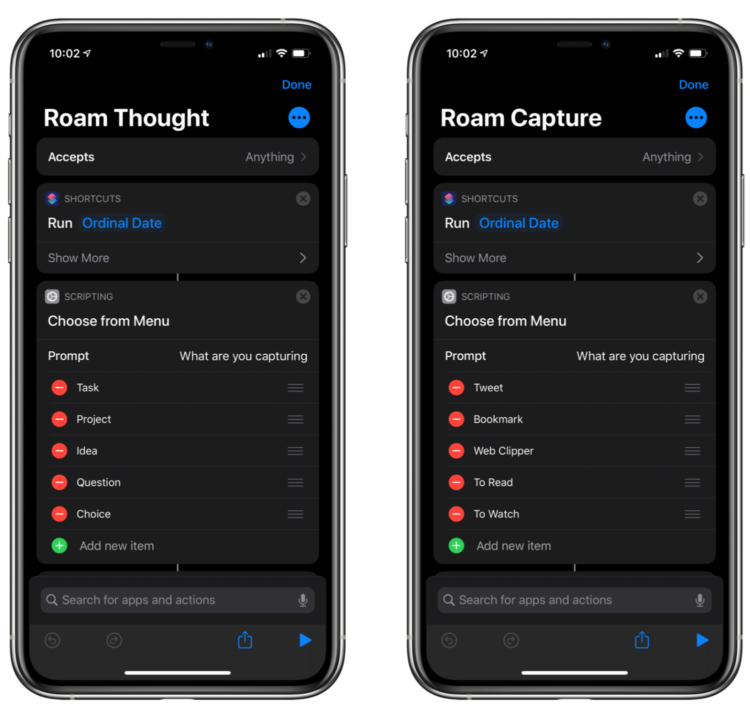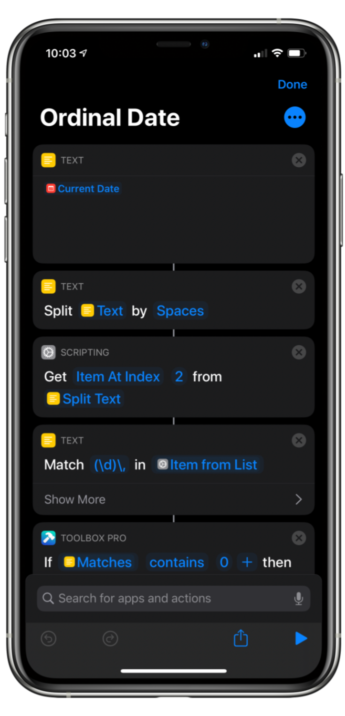As a historian, I have always been inspired by [[David Lowenthal]]‘s book [[The Past as a Foreign Country]]. In it, Lowenthal argues that the public’s (broadly defined) understanding of the past is imbued with an almost mythic quality in which, as a society, we project our perspectives, our hopes, and our dreams. And that these projections become milestones by which we orient ourselves in the present, shaping our [[mental models]], our collective [[sense of self]], and interpretation of the present.
Remembering the past then, becomes an act of #commemoration functioning as a mnemonic device to better understand where we are and who we are. But what if the foundations by which we understand the past, the foundation of our very identity as human beings, is built upon a misconception or downright misunderstanding of that past? How much do we really know about this “foreign country” that is the past?
I have thought a lot about this question over the last 15 years. It has been a running theme in my academic thinking since the beginnings of the post-9/11 world. What are we as a society when juxtaposed with the events of 9/11, the rise of the [[National Security State]] and the contentious politics of the Bush era? The question of who we are in light of the current protests over [[COVID-19 ]] restrictions and [[Black Lives Matter]] becomes more salient?
How does the landscape of the past come to be known on a societal level, if as Lowenthal argues, it is little more than a collective projection of the present on the past? These avenues of inquiry eventually led me to ask, how do we know what we know? What are the mechanisms, systems, and architectures of a [[collective historical memory]] and [[social identity]]? These are still the #[[Open Question]]s in my mind, which I have continued to explore since in my scholarship.
However, I never turned the lens on myself, on understanding my own identity construction – my own sense of self – until more recently. And so new questions arose. How do I know what I know? And by extension, how do I understand my self and my role in this society I inhabit? Who am I?
It was these questions that framed a new journey into a very different “foreign country,” to use Lowenthal’s concept, of my own knowledge. A journey into my own knowledge landscape. This led to my search for a tool to map what I did and did not know — to analyze the concepts, mechanisms and systems by which I constructed first the scaffolding, and then architecture of my [[mind palace]].
I began to embark on this journey in the early 2010’s. The purpose was not just to selfishly better know myself, but also to be a better mentor to my students.
How to execute the analysis was the [[axial question]]? The [[avenue of inquiry]] I would choose, and the concepts and tools that I would utilize, could shape the inquiry’s outcome.
I recently tweeted publicly about this search for a tool that might allow me to do this and more. I had very specific requirements if I was going to construct a sense of what I know, and how to map the landscape of my mind.
Over the last decade I have been on the search for a software stack that augments the work that I do as an intellectual (someone who plays with ideas). I have landed on @RoamResearch. Thread of how I got there ? and let me know your thoughts on the Roam. https://t.co/e6z6ZVk7HZ
— Mark Robertson (@calhistorian) May 29, 2020
Upon discovering Roam, I could now more efficiently connect the disparate and diffused cartography of my knowledge graph I had been building. This tool allowed me to roam the same well-worn knowledge landscape I had visited time after time, but very differently. With every step, it was as if I was exploring with a new perspective. Each step was filled with a more immersive experience, in which I realized the space of the possible was larger than the one that had been on display in my biological memory.
I tried notion a little bit but it didn't stick for me. so i'm not sure. I'm guessing notion is meant to be a layer more polished and final than roam is, which is more of a magic junkyard
— Visakan Veerasamy (@visakanv) January 3, 2020
The tool is important but not necessarily required.
I'm mostly just giving @fortelabs shit.
Disagree a bit, think Tools matter
As correlary don't think @eggheadio would be doing as well if you only had videos on raw JS, and just told users – hey, you can use React or Angular, but we only teach fundamentals using DOM manipulation
— Conor White-Sullivan (@Conaw) December 15, 2019
Take it from a historian who studies ideas, tools matter more than we might give credit (considering the context of software competition). Tools can be limiting – much like poverty, isolation, or culture limits/frames the perception of possible – a tool can do the same.
— Mark Robertson (@calhistorian) December 16, 2019
A tool though can also be the key to the possible beyond what can currently be perceived in the paradigm of the status quo! Like any langauge (not CS in my experience), it is a window and a lens – it allows us to see and it also silences, but it also foments imagination.
— Mark Robertson (@calhistorian) December 16, 2019
Yet, Roam has been instrumental in this journey to understand my own knowledge.
We know about the past in only three ways: [[relics]], [[memories]], and [[histories]]. Historians sift, select, and interpret evidence from these three repositories of knowledge, to construct interpretations and make sense of the past in service of the present.
Our own knowledge landscape is little different. Roam allows me to connect these three realms of knowing together into an intricate web of sense-making, constructing an interpretation of myself and the world I live in. The question now, is how? How do I use Roam to explore the foreign country of my own knowledge landscape and build new scaffolding and architecture for knowing?
What role does Roam play in connecting these three realms of knowing?
Just in the last seven months, Roam has allowed me the opportunity to spend a great deal of time in the landscape of my mind, navigating with ease using back-links, browser navigation, block transclusions and block queries.
It has become a tool augmenting the mind – a “cognitive exoskeleton” as @gijigae suggested.
#roamcult Ok, I need to say it since pricing is being discussed. Anybody who compares @Roamresearch to a run-of-the-mill note-taking app doesn’t need Roam anyway. OR think deeply about your workflow and identify how you are utilizing your digital tools for thinking… (1/*)
— Mark Robertson (@calhistorian) April 14, 2020
Yes!! Full cognitive exoskeleton!
My joints partially dislocate all the time (EDS). When I'm taped up & held together with a k tape exoskeleton, it all feels so stable and supported, I can walk, run, jump, play without pain or injury. Roam hold my thoughts together the same way.
— Jade Barclay ????? (@JadeBarclay) May 29, 2020
Prior [[knowledge management systems]] would have segregated these realms of knowing into their own buckets. Intercourse between and among them would have been limited. As Roam co-founder [[Conor White-Sullivan]] similarly suggested in an interview with Anne-Laure Le Cunff of Ness Labs:
“I think that you need to be able to get compound interest on your thoughts. Good ideas come from when ideas have sex: the intersection of different things that you’ve been reading or different things you’ve been seeing. So you can have better ideas faster if you are actually reviewing the old things and you are building up. You’re not throwing away work.”
Roam’s logo is just such a representation of the intercourse between previously segregated worlds in history. In fact the astrolabe is a perfect metaphor of [[collective sense-making]] over time, as it has been developed, re-invented, re-formulated, and re-built in so many ways, by so many people, for so many contexts.
The logo is an astrolabe
First level interpretation is this
– Roam is for building maps
– Roam is about the value of old knowledgeGoes a few levels deeper though, but that is left as an exercise for the reader.https://t.co/rpAyRG5AP9
— Conor White-Sullivan (@Conaw) December 20, 2019
— Conor White-Sullivan (@Conaw) June 3, 2020
For me, I find my way through my knowledge landscape in and through Roam, in order to connect relics of the world (sources) to my own memories (journal/reflections), and especially to my own histories (writing). All three are representations of the past, and form a kind of personal [[memex]].
As a result, Roam became my [[Commonplace Book]]. It is where I record my thinking, work through problems, and store intellectual tidbits and knowledge. Importantly, it is not an archive or simple repository of knowledge. It is a living space that records my thinking over time, molding to my thought processes and augmenting my brain’s natural advantages and disadvantages.
To get more practical, let’s take a look at some of the finer points of how Roam is a great tool for my purposes, and potentially for your own sense-making.
Beyond the philosophical, how do I use Roam and how do I organize it?
Previously I had used separate software for each of these realms. As I explained above, Roam has allowed me to merge these not so disparate realms in one system. The doorway into my commonplace book is Roam’s Daily Notes page. Here I reflect on life, manage my projects, and create knowledge artifacts to be constructed into intellectual architecture at a later date.
Once inside, so to speak, there are two other spaces – a space for my resources and a space for thinking and writing.
Daily Template
Roam allows you to tailor what you see using collapsable bullets, page filters and focus features..
This page is quite complex, but easily managed. I create this page every morning using [[Siri Shortcuts]] on my iPhone or iPad. Here is the shortcut in the [[Siri Shortcuts]] app. It takes advantage of a few applications and other [[Siri Shortcuts]].
#[[Siri Shortcut]] Daily Roam Template Shortcut
Now the above shortcut has a couple of app requirements, and depends on complementary shortcuts.
First and foremost, I utilize the Drafts.app for text capture. It is quite possibly the most powerful text utility on iOS/iPadOS. Second, it requires Carrot Weather. Carrot Weather has a very deep integration with [[Siri Shortcuts]] and allows me to pull individual pieces of data. I also utilize a [[sleep tracking]] app, AutoSleep to get my sleep data.
The [[Daily Roam Template]] also requires two crucial shortcuts. For those of you who know Siri Shortcuts well, it has some limitations on the ability to copy-and-paste actions between shortcuts, so the easiest way to do it is to simply created nested shortcuts that run from within another. For my Daily Roam Template you need a shortcut to format the dates “Roam style” and also a shortcut to aggregate all the quick capture drafts into the Daily Roam Template. More about this one below.
Now, I normally complete my morning routine shortly after waking up as I drink my coffee. To ensure the smoothest transition into a focused flow, I prepare the daily template automatically with a utility called [[Pushcuts]]. This is an iOS/iPadOS utility that expands the Siri Shortcuts automation functionality. In my case [[Pushcuts]] alerts me 30 mins after turning off my morning alarm to run my Daily Roam Template Shortcut. I hit “OK” and when I finally sit down, the template is waiting on my system clipboard via Apple’s “handoff” feature, whether I am on my iPhone, iPad, or Mac.
Let’s briefly go through each broad element to understand how much data can be crammed into the Daily Notes page.
Morning Review
As a part of my morning ritual, I like to write a little while I drink my coffee and process my thoughts before I begin my day. There is nothing too revolutionary here, except in how I get the data in. As a part of the [[Siri Shortcut]], it pastes in my journaling prompts. But also included here are a few items that help with the morning reflection. First, I query my previous day’s [[Evening Pages]] reflection as a way for me to reflect on how I felt the night before, and how I felt after a night’s sleep. The shortcut also gathers the day’s weather forecast from [[Carrot Weather]] as attributes, lays out my calendar events for the day separated by [[Area of Focus]], and records my [[Sleep Stats]] as attributes.
Class Notes
Since my [[Daily Pages]] is the place where I think and work, I also pull in the classes that I have for the day. I teach both online as well as face-to-face (well, not currently – COVID-19). If I have face-to-face classes, my [[Roam Daily Template]] [[Siri Shortcut]] pulls in those events from my calendar, providing me the necessary curriculum planning information from a [[Drafts.app]] draft that has the semester’s activities lined out by week or days. If it’s an online class, the shortcut draws in similar information but based on the curriculum for the week. This is also a place to reflect on my teaching, linked with the class and date. For example, if I recognized something that went really well or something that didn’t, I can jot those notes down and tag with [[Pedagogical Changes]], so aggregating my thoughts from a prior semester in planning for the next.
Daily Notes
The [[Daily Notes]] section is where I put all my fleeting notes. I might record new ideas, questions, choices, bookmarks, content consumption notes, and all other text that isn’t a part of some other element of my workflow. In a way, this is the daily scratchpad.
Interestingly, I almost never enter notes directly in this section because of the [[Capture Inbox]] described below. Unless I am working in Roam at that moment, I will capture new fleeting notes in the [[Drafts.app]] for later processing.
Looking Lens
The [[Looking Lens]] area is something I am still experimenting with. I first learned of the concept from [[Rob Haisfield]], but also saw it modified by others. For my own implementation, I use it as a kind of sandbox to look down a path in which I may [[Roam]] at some point in the future or as a record of a thought process I followed.
It is a way of recording [[avenues of inquiry]] and connections that have yet to be fully explored. At the moment, I query my #[[Open Questions]] that exist anywhere in my database in order to keep them somewhat front of mind. By doing so, some fleeting thought that might emerge can be connected to some of the ongoing dilemmas in my knowledge landscape.
Evening Review
My [[Evening Review]] consists of two components. Firstly, I make a closing reflection on the day by recording a few key positive take-aways for further reflection the following morning, and in the future. Secondly, I complete my traditional [[GTD]] [[Evening Review]].
To begin, I process my [[Capture Inbox]] from the previous day (more on this below), where I move resources to their appropriate area and tasks onto their appropriate lists. I then review my unfinished actionable tasks and identify new actionable tasks by taking #[[Action]] for the next day. This includes querying and reviewing upcoming scheduled tasks, and querying and reviewing my [[Someday]] list.
As a way of keeping track of my progress with repeating tasks like my [[Evening Review]], I create a set of daily todo’s but the actual text is block referencing the actions of my evening review. I can then visit my evening review page and keep track of how many times it has been completed.
The Capture Inbox
Now my [[Capture Inbox]] is probably the most unique element here. As I mentioned above, if I am not in Roam, I capture fleeting notes and other elements like tasks and clips from the web.
Well it turns out, I am not in Roam that much throughout the day. As we all know, our brain doesn’t stop working and being creative when we walk away from our devices. Insights and ideas might emerge from the most random of contexts. The most stereotypical, of course, is the shower. Because I am away from my computing device so often, I needed a way to keep up with my own thoughts throughout the day.
Whether I am playing with my family, mending fences, taking care of horses, or just completing menial tasks throughout the day, my brain does not stop being creative. In these moments I use one of three quick capture methods.
Firstly, if I am working with my hands, and don’t have easy access to my phone because my hands are full (i.e. cooking, cleaning, driving, etc) , I use my [[Apple Watch]]’s [[Drafts.app]] app to quickly jot down a thought using dictation.
What is useful about the [[Drafts.app]] in this context is: a) the dictation feature runs much longer than the standard iOS feature; and b) you can not only tag your audio transcripts with “Roam” automatically, but you can also dictate “hashtags” that format correctly in order to further add context or metadata to your thoughts.
Secondly, if I have my hands free or need to jot down more complex thoughts, I have a [[Roam Thought Shortcut]] shortcut that allows me to choose from a capture menu: either “Task,” “Project,” “Idea,” “Question,” or “Choice.”
Whichever I choose, [[Siri]] asks me for the appropriate information whether I invoke it through voice or through the widget. The last two choices were inspired by some recent Conor White-Sullivan tweets:
One of the things I used here is my current favorite @RoamResearch template (which is really just a @TextExpander snippet)
;ch produces
– {{[[TODO]]}} #[[Choice]]
– Options::
– Decision::Only mark a choice done when I've block ref'd one of the options to decision
— Conor White-Sullivan (@Conaw) May 9, 2020
For instance – when running a choice template, I often use
;aa
To write out
– Advantages::
– Disadvantages::beneath each option
Most of my templates have conditionals and followup templates
Want like a Roam Wizard for sharing these flows with other people, trying theirs
— Conor White-Sullivan (@Conaw) May 9, 2020
Better example of multistep workflows
For tough choices – I sometimes list
– Constraints::
– xyz
– abcThen under each option, may write
– Fails Constraint:: ((xyz-id))
In team Roam makes it easy for us to discuss merits of constraint + see w options appear if relaxed
— Conor White-Sullivan (@Conaw) May 9, 2020
The third quick capture method I use revolves around capturing digital content from the web. My [[Roam Quick Capture Shortcut]] shortcut operates in the same way, but each menu item really is just adding the appropriate metadata to the item being captured.
Whether I am capturing a tweet or web bookmark, clipping a whole article, or adding to my watch or reading list, with one tap I can quickly capture Roam-formatted text. In all cases, there are follow up questions if I wish to add any #thoughts upon capture.
#[[Siri Shortcut]] [[Roam Thought Shortcut]] – Shortcut Link
#[[Siri Shortcut]] [[Roam Quick Capture Shortcut]] – Shortcut Link
#[[Siri Shortcut]] [[Ordinal Date Shortcut]] – Shortcut Link
Now, as I mentioned above, even when I am online, I don’t normally capture in Roam. I do so in the [[Drafts.app]], but always through [[Siri Shortcuts]]. To capture by voice or text, and more efficiently get text in Roam syntax, [[Siri Shortcuts]] is too efficient to ignore. And here is the capstone.
All these quick capture methods store the data in Drafts. But it would be far too tedious to copy and paste dozens of draft captures into my knowledge graph —- particularly with the absence of an API.
Instead, as a part of my [[Roam Daily Template]], Shortcuts aggregates all the previous day’s data and compiles it into a single draft that is then ready to be pasted into Roam with the rest of the template.
These are all nested under a #[[Capture Inbox]]. Then, as I mentioned above, in my [[Evening Review]], I process this inbox and move items into their appropriate regions if necessary or, at a minimum, add further metadata to facilitate search in the future.
Conclusion
As I have used Roam for the past 7 months, it is becoming very clear that my knowledge is becoming far less a foreign country and more like a kind of augmented reality in which I can traverse.
While my knowledge graph does not capture everything in my life — not all my thoughts or all my ideas — it doesn’t really need to. Similar to the way that many folks misunderstand history, data-packrats misunderstand their habit.
Developing this knowledge is more than a process of curation. It is also a process of engineering and construction. The mind palace that I have built in only this short time is another world.
And remarkably, serendipity emerges in my own thought network. Like déjà vu or dreams, I happen upon a landmark or concept that had escaped my working memory long-ago and is reincorporated into the superstructure.
History, like our personal knowledge, is constructed like a work of art. Knowing more about the past, or even, recreating the past, carries very little value. It will still be fraught by the fallibilities of human perception and bias. However, with intentionality and purposeful process and reflection, we can now create a representation of what we know, AND what we don’t know.
There is still a lot I need to figure out, a lot of #[[Open Questions]] that remain about what form and substance my Roam will take. But what I do know, is that I can be confident that the beauty of human experience and creativity can be captured and reflected upon, leveraging one of the most valuable benefits of digital technologies – data storage and manipulation.
In the future I will write more about the other central processes that are so crucial in my workflow – from curating the relics of our world to the journey through my knowledge landscape, and the writing that emerges from those journeys.

